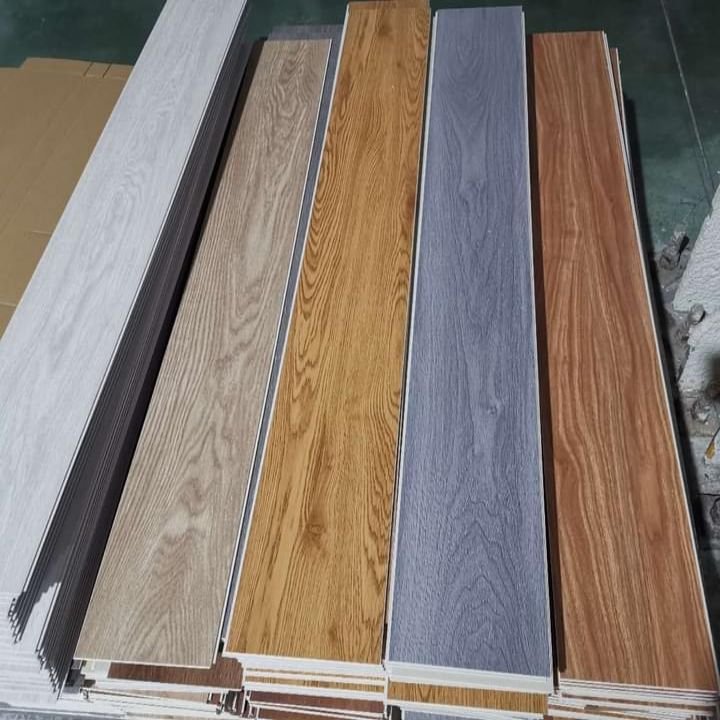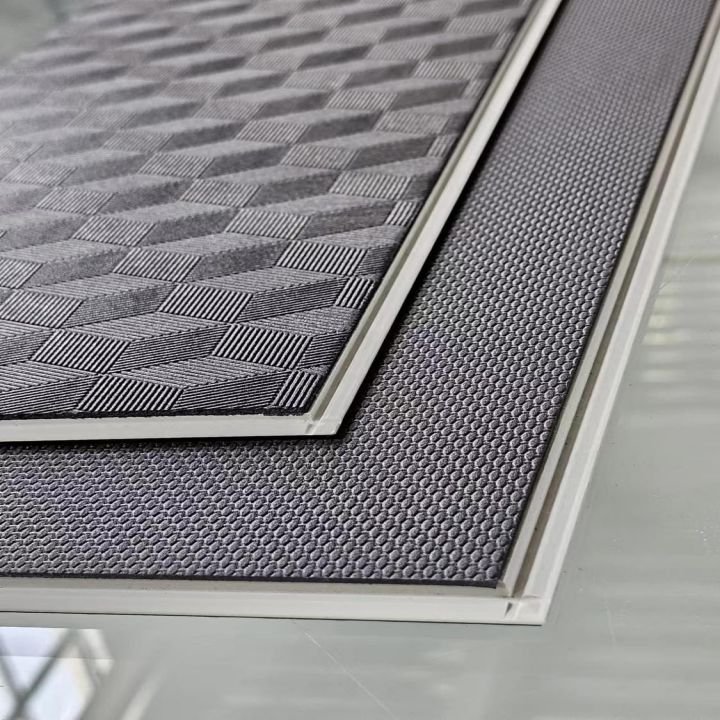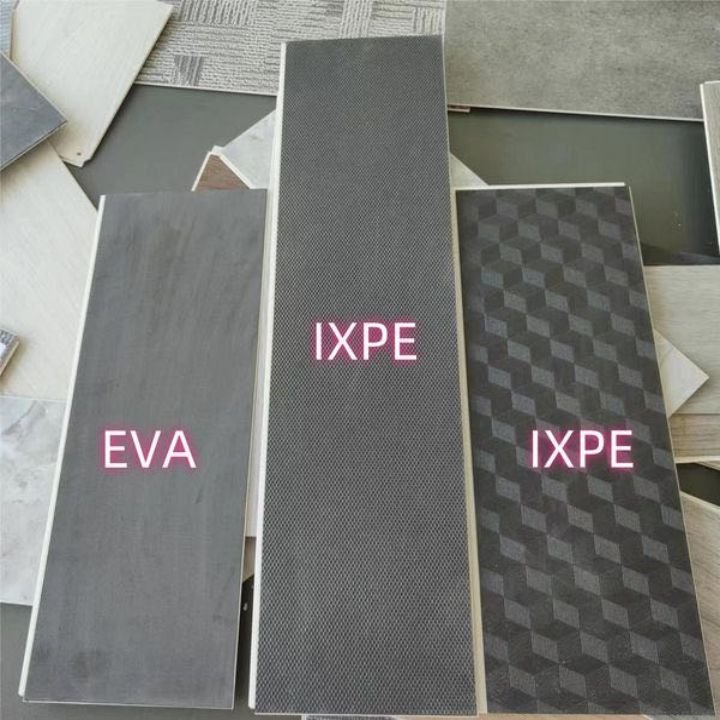In order to reduce noise and make it feel more comfortable, we usually lay a layer of silent pad on the bottom surface of SPC floor.
Among them, the silent pad made of IXPE and EVA foam materials can play its role better. The material has the characteristics of environmental protection, flame retardant, insulation, waterproof, moisture-proof, shock absorption, aging resistance, easy processing and molding, and pollution-free.
The IXPE pad is made of polyethylene foam material. Polyethylene itself is non-toxic and odorless, does not contain any toxic additives, and uses high-temperature foaming agent. IXPE has low thermal conductivity and good thermal insulation performance. IXPE has high mechanical strength and long-lasting performance. Aging resistance and stable chemical properties. It feels soft and has a delicate and smooth appearance.
EVA has poor surface finish and product flatness. EVA coils are welded to obtain longer sizes. There is an unpleasant smell. There are perforations on the surface.
The density of conventional EVA is 110kg/m3, while the density of IXPE is 33kg/m3.
Compared with the same price, EVA has a higher density.
Summary: ixpe underlayment vs eva underlayment
IXPE material is one of the most popular silent carpet materials on the market. It is an improved version of EVA material with superior performance. The texture of IXPE material is very soft and comfortable to touch, which is very suitable for floor laying in homes and public places. In addition, IXPE material is light in weight and easy to transport and install. It not only has an important thermal insulation function, but also effectively prevents heat loss, thereby improving energy efficiency. More importantly, IXPE material pays more attention to environmental protection in the production process, using non-toxic and harmless raw materials to reduce pollution to the environment. Therefore, in the modern society that pursues high-quality life and environmental protection concepts, IXPE materials are increasingly favored by consumers.
 |  |  |

